The healthy ‘buzz’ of an engaged and active class can be sign that things are going right but when noise becomes a problem, it is good if children can learn to manage the noise level themselves. Guest teacher author, Roisin, shares three of her tips.
Noise can often be a sign of fun, of learning and of collaboration. Of course, there are times when I want the children fully focussed on an independent task and so there will be a times for quiet and sometimes, silence . Here are three things I have found useful to manage the level of noise and to help to set the expectations that the children should adhere to.
Make a noise-o-meter
This can be effective across all class levels. Share a simple run through of the levels of noise that the noise-o-meter can hold and you can use an easily drawn and cut out arrow to show the children the level you expect during a particular activity.
Children could even contribute their own design ideas and make some noise-o-meters for the class as a practical activity to help establish classroom rules at the start of a new term!
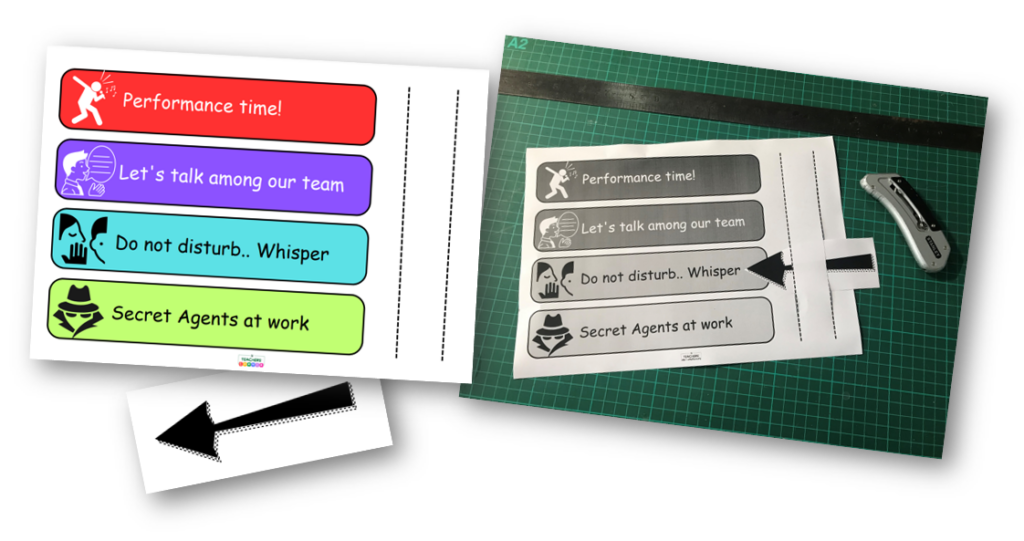
This idea can be further boosted for visual impact by adding push lights from Mr Price or a pound shop. https://www.homestoreandmore.ie/electrical-feature-lighting/kleverkit-led-push-light/083487.html
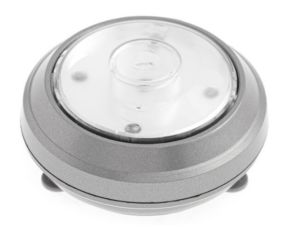
Push the light at the noise level you wish and set the kids off.
For junior classes, each level could pictured as an animal. For example, Silent Snake… ‘sssshhh’ for quiet, independent work, Loud and Proud Lion for group talk, etc.
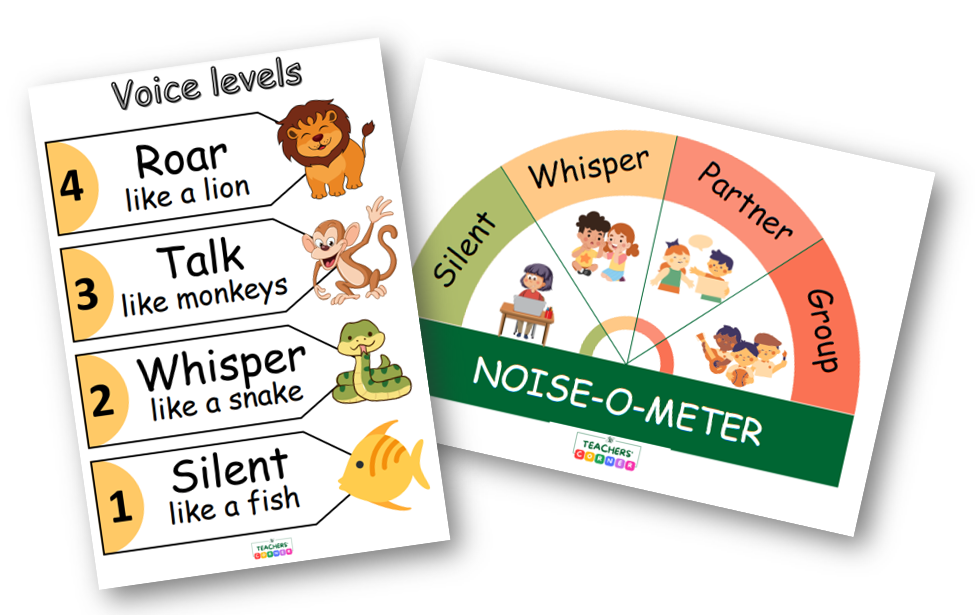
Here are some noise level graphics you could use in classroom presentation to indicate the noise level acceptable for an activity. You can Right Click to download the image file to use in your own digital presentations or print them onto A4 card and put the relevant noise level indicator into a plastic sleeve pinned on the wall.
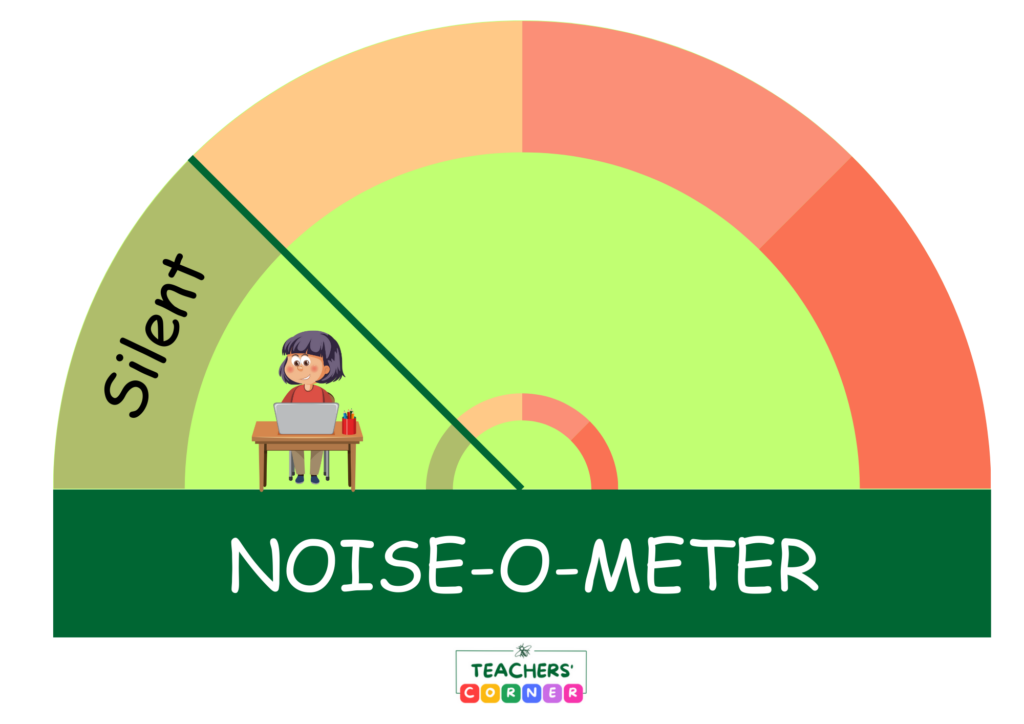
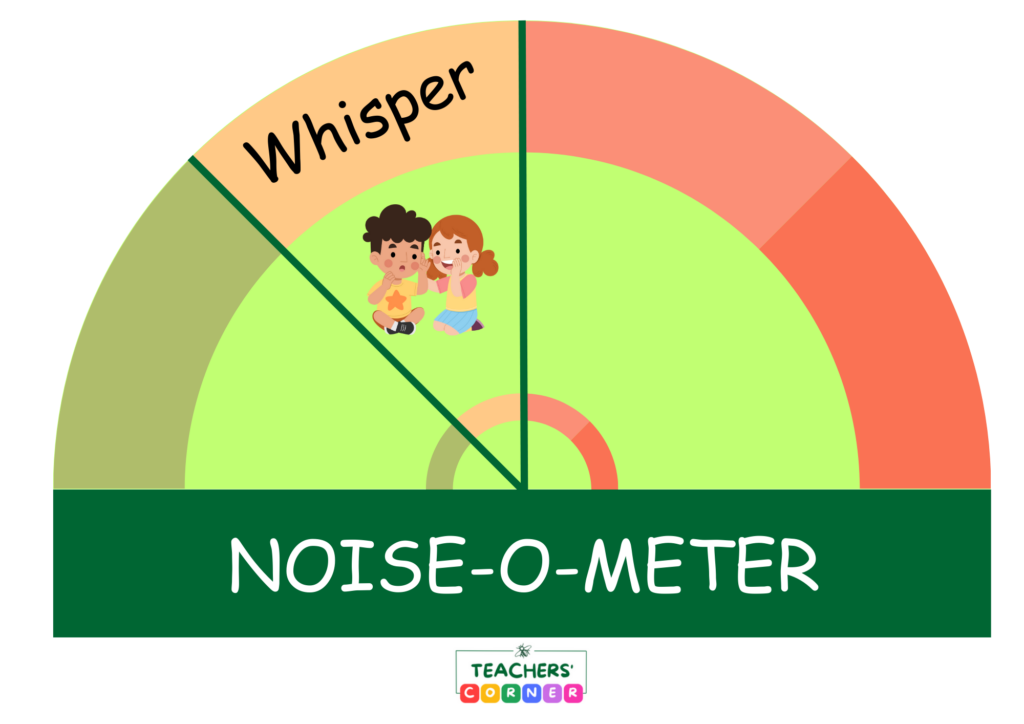
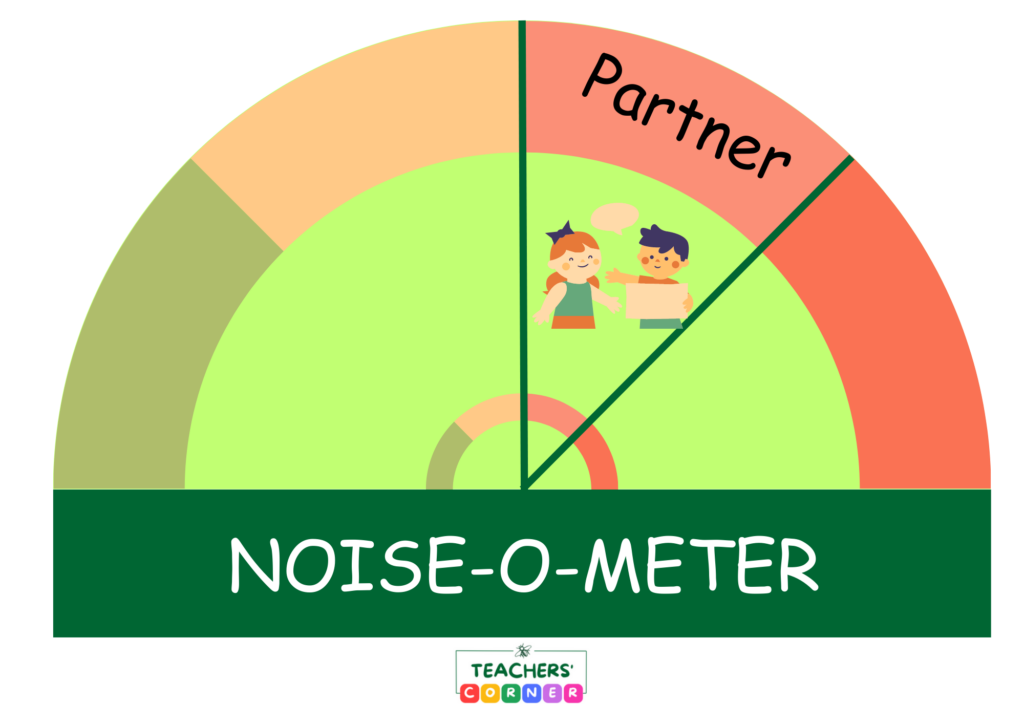
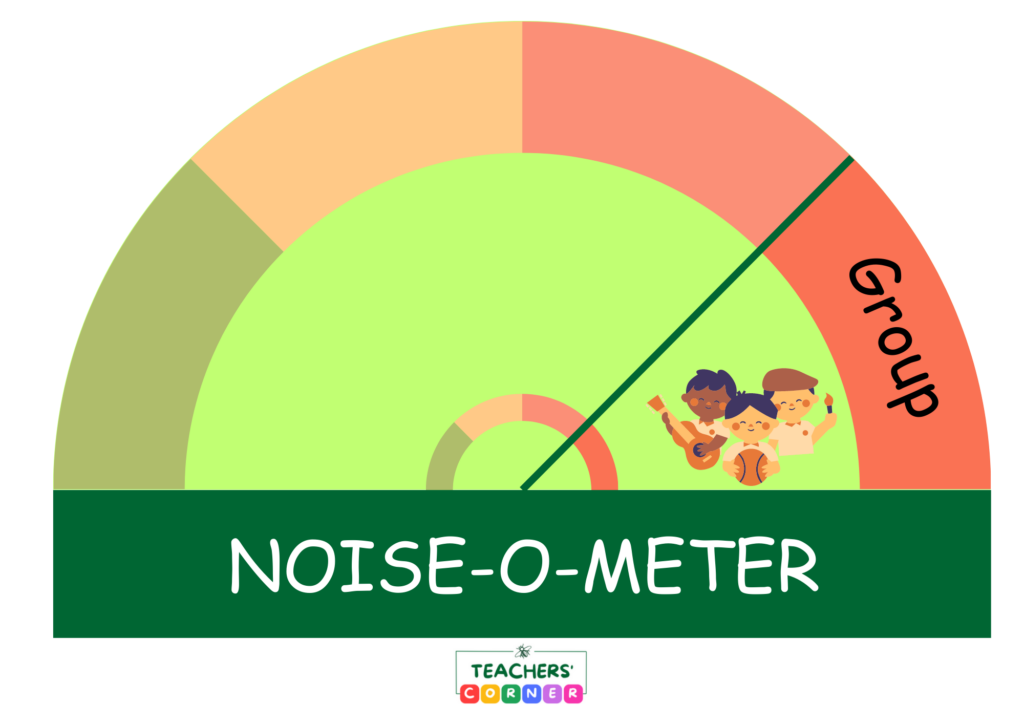
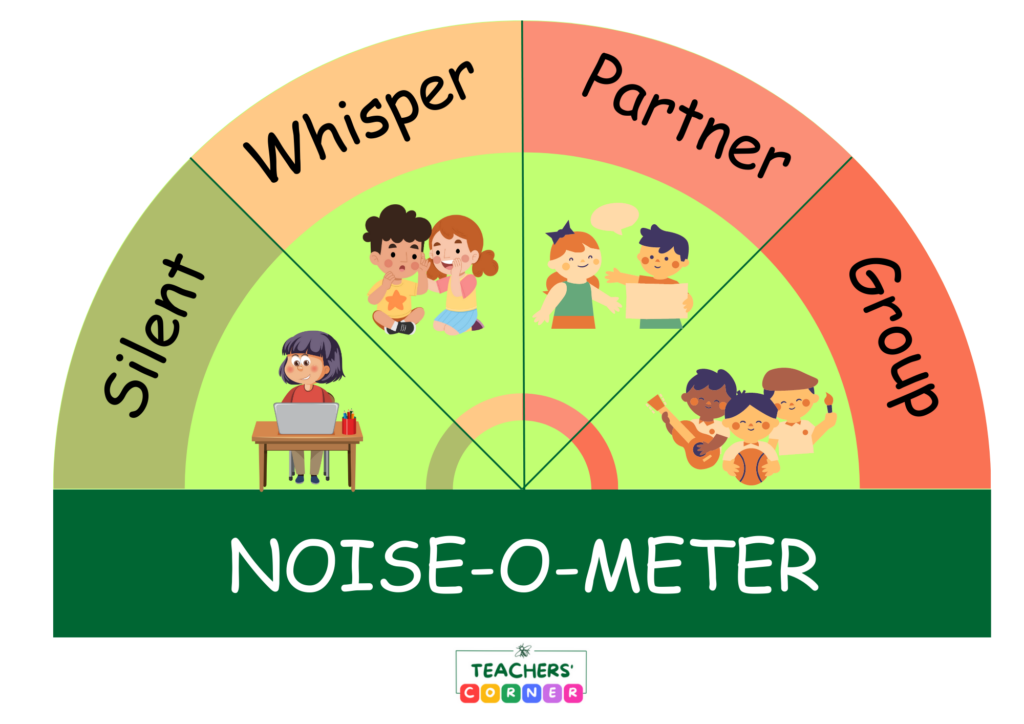
Click Next Page for a way to use you computer or classroom display to help manage noise levels.

Leave a Comment